The M6 has been released more than 3 decades ago and it is still sought after. Here is the definite Leica M6 review if you are looking for an in-depth look at one of the best Leica cameras ever made with tons of sample images.
1. What is the Leica M6?
The Leica M6 is a classic Leica film rangefinder camera that is highly regarded by photographers of all levels. Designed to have a long-lasting and rugged build, it incorporates various alloys that make it incredibly durable; plus it can work forever as the battery is only needed for the meter to work.
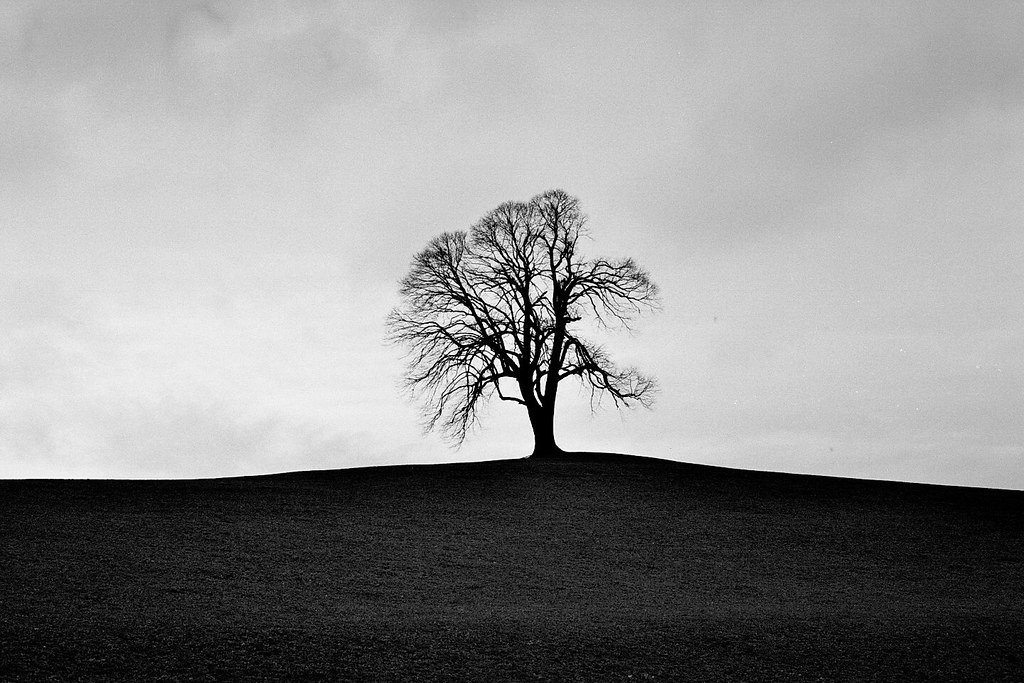
1.1. History
There are a few variants of the M6, in this Leica M6 review we will focus on the original M6, also known as the M6 classic. There is another version that is identical (M6 0.85) with a 0.85 magnification and different frame lines (Explained below in the review), and a refresh with quite a few differences the M6 TTL, these come with 0.58x, 0.72x and 0.85x magnification.
1.2. specifications
| Name | Value |
|---|---|
| Camera name | Leica M6 |
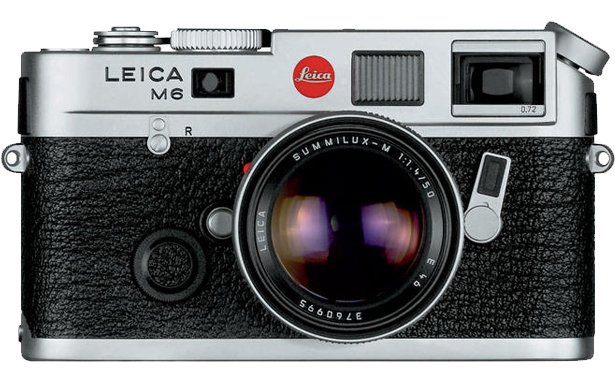 | |
| Film | 35mm |
| Lens type | M mount |
| Film advance | Manual |
| Film rewind | Manual |
| Metering | Center-weighted |
| Maximum shutter speed | 1/1000s |
| Dimensions | 138 x 77 x 38mm |
| Weight | 1.2 lb / 560 g |
| Where to get | Check For Best Price |
1.3. Is the Leica M6 worth it still?
The M6 is one of the best Leicas and film cameras ever made. It will outlast you and will always work because it is primarily mechanical. So it is absolutely worth it on the grounds of durability and stylish looks. Also read is the M6 worth it?
1.4. M6 Positives
✔️ One of the most durable cameras ever
✔️ Can work without any battery
✔️ One heck of a beautiful camera
✔️ All basic frame lines covered
✔️ Film quick loading
✔️ Absolute simplicity
✔️ Film advance lever is satisfying
✔️ Angled rewind knob
✔️ Negatives
1.5. M6 Negatives
🛑 Everything is dependent on the availability of film
🛑 Not spot metering
🛑 1/100th maximum shutter speed
🛑 Dial is small and should be reversed
Now that we’ve seen the overview of this film beauty, let’s get into the Leica M6 review proper…
2. Leica M6 review: Body
The M6 is one of the most iconic cameras ever made and it looks distinctively Leica. Most of the Leica posters we have are based on the M6 that is how iconic it is.
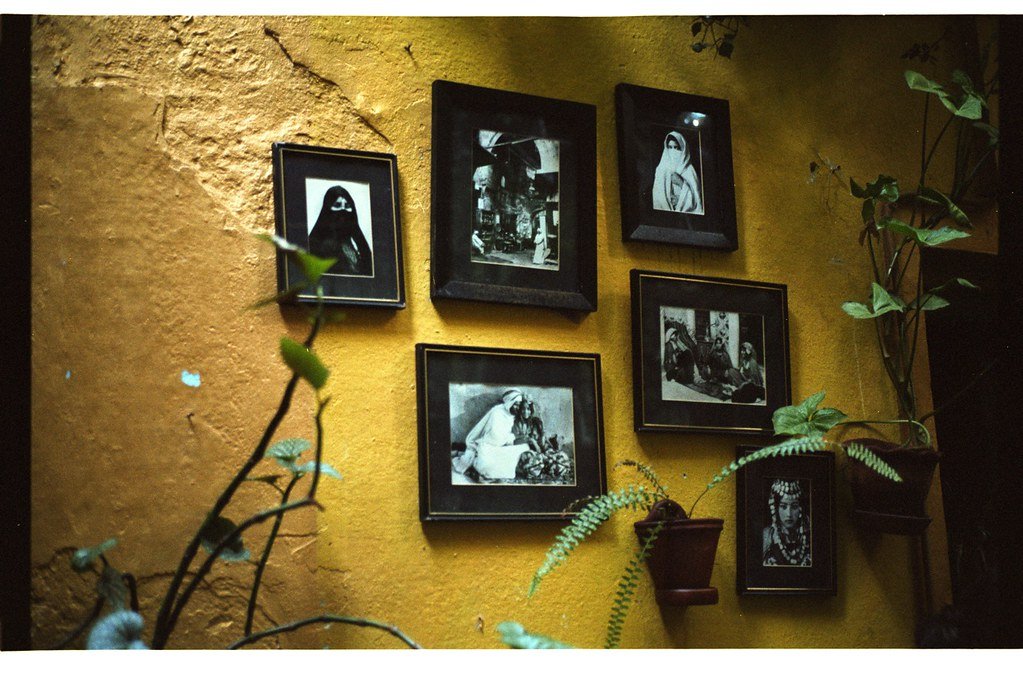
2.1. Construction
The Leica M6 is pretty much an all metal camera and that means it is built like a tank and it is made to last. Once you hold it you know you are holding a really nice piece of equipment, and it is the basis of pretty much all of the modern Leicas.

The M5 started like a big chunky camera but with the M6 this is the design Leica will use even to this day. At a glance the only thing that gives it away is the film rewind knob, without that it would look like any modern Leica.
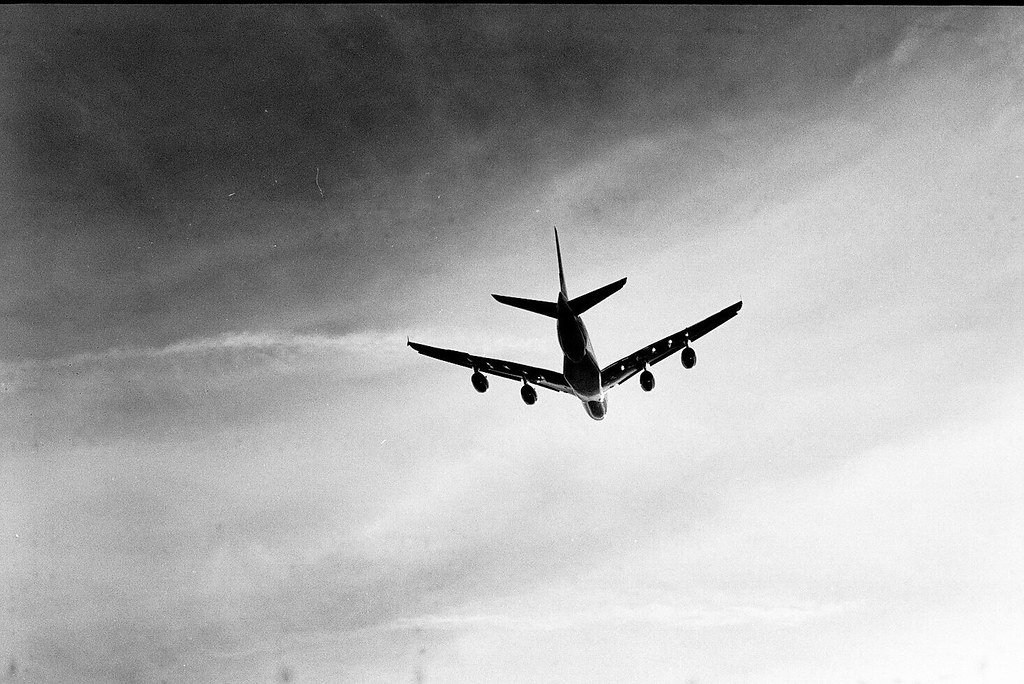
2.2. Metering
The only “technology” in the M6 is the light meter. Everything is purely mechanical, and this is one of the main draws of the M6, it can work forever even without a battery. Here’s how it works.
| -1+ Under | -1/2 Under | Correct | +1/2 Over | +1 Over |
|---|---|---|---|---|
 |  |  |  |  |
So if you have the right triangle turned on only this means you are overexposed by at least a stop. This is a bit more complicated then what Leica will end up using with the circle in the middle.
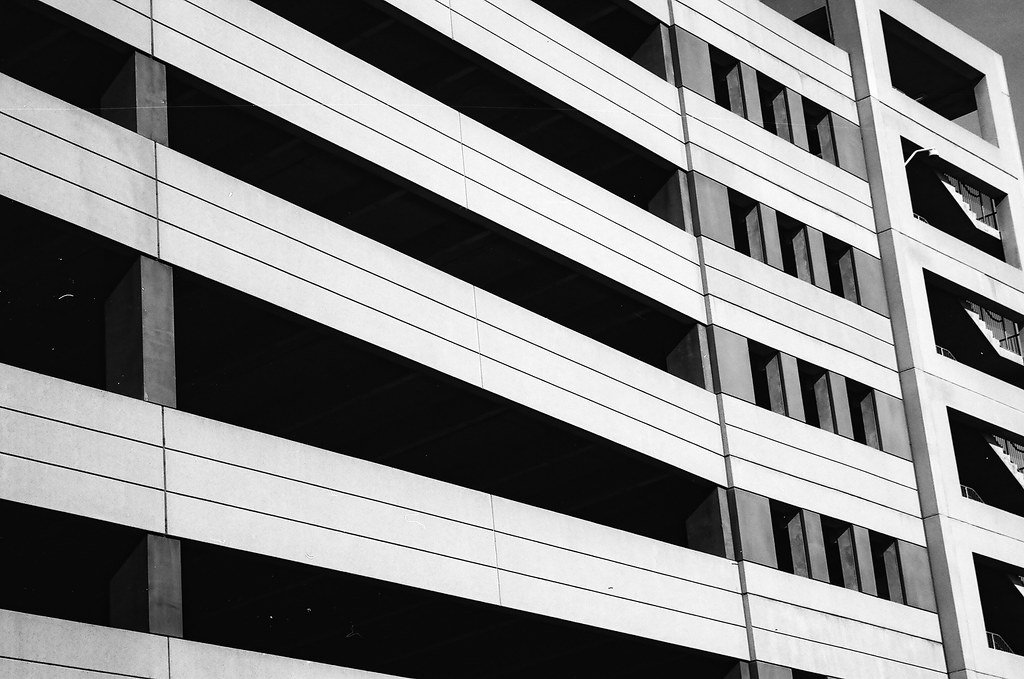
This is not a spot meter but an center weighed meter, so it focuses on the light around the center spot and ignores the corners. This is great for long lenses but for wide angle lenses it could become a problem, but you do get used to it. The reading is pretty accurate, you will rarely miss your exposure. You can always attach a different light meter to it.

The bigger issue with the light meter actually comes from using it with the dials, more on this below.

2.3. Controls
Everything on the camera is strip bare to the essentials. On top you have a bare plate with your shutter speed dial and the film crank, on the right of that you have your film counter.
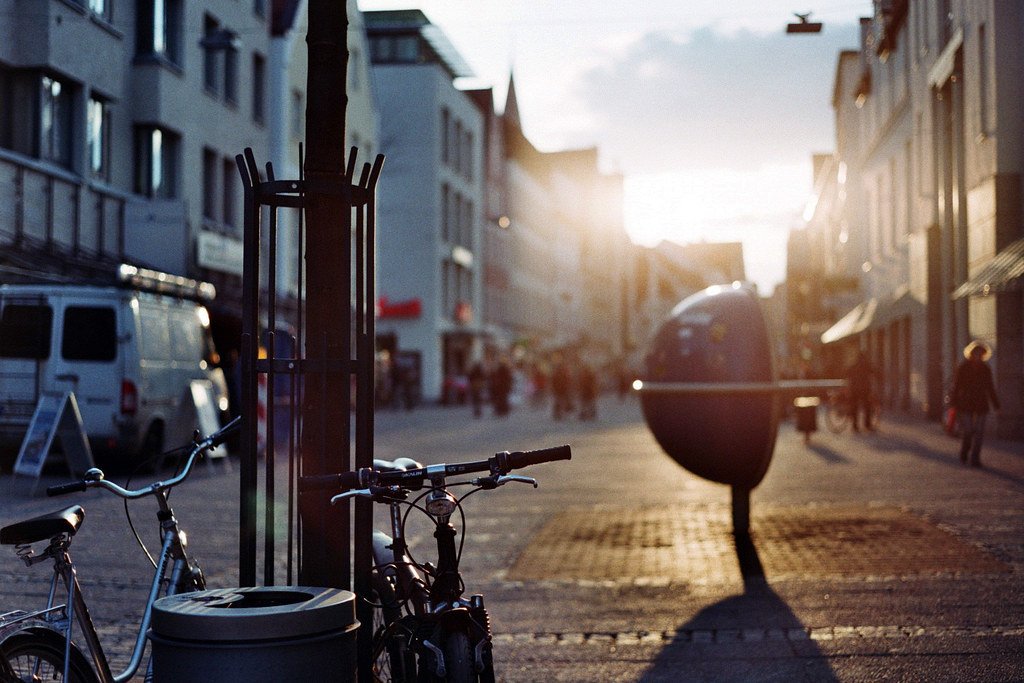
On the complete left you have an angled film rewind knob. The angle is there for ergonomics and is a much better way to rewind your film quickly vs a straight one.

The shutter speed dial is on the small side so it is a bit cumbersome to change when your face is actually shoved near it. With a bigger dial you could switch the setting by swiping in the front but the original M6’s dial is too small. So you have to hold the camera and use your thumb and index finger to change the SS. This is something that will eventually be fixed in the Leica M6 TTL. In the diagram below you can see the difference, the M6 TTL is in dark red.

But the issue with the dial is that it should really be reversed. For example if the meter says that you are underexposed with a left arrow, turning the shutter speed dial to the left actually decreases the exposure even more. That is why the dial should be reversed.
This can be frustrating and can be a while to get used to.
2.4. Battery life
There is something to be said about mechanical objects. There’s just somehting about owning an object that you know can outlast you and could be passed on generations. It is a bit like watches, there are mechanical watches that will can outlast you and doesn’t need a battery to operate. These are usually passed down generation to generation and while both types of watches can tell time, the approach is differet.
This is why a lot of fans are drawn to the Leica M6 that can work without a battery. This is why many consider it their forever camera as even if the battery or meter dies it will still work. The Leica M6 is powered by either a single 3V or two 1.5V batteries. So either one Duracell DL 1/3 or two 2xLR44 / SR44 battery cells.
The battery life of the Leica M6 is 4800 exposures. That means 133 rolls of 36 exposure film. If you shoot one roll per week, the battery can last two years.
2.4. Flash
The M6 has a hotshoe built-in if you need to attach a flash. It has a PC Sync port right below the hotshoe in the back. It is usually hard to see because it is covered by a black little piece of plastic that makes it seem part of the camera. If you shoot flash the max shutter sync speed is 1/50s. The original M6 doesnt’t support TTL metering for Leica flashes but the M6 TTL does
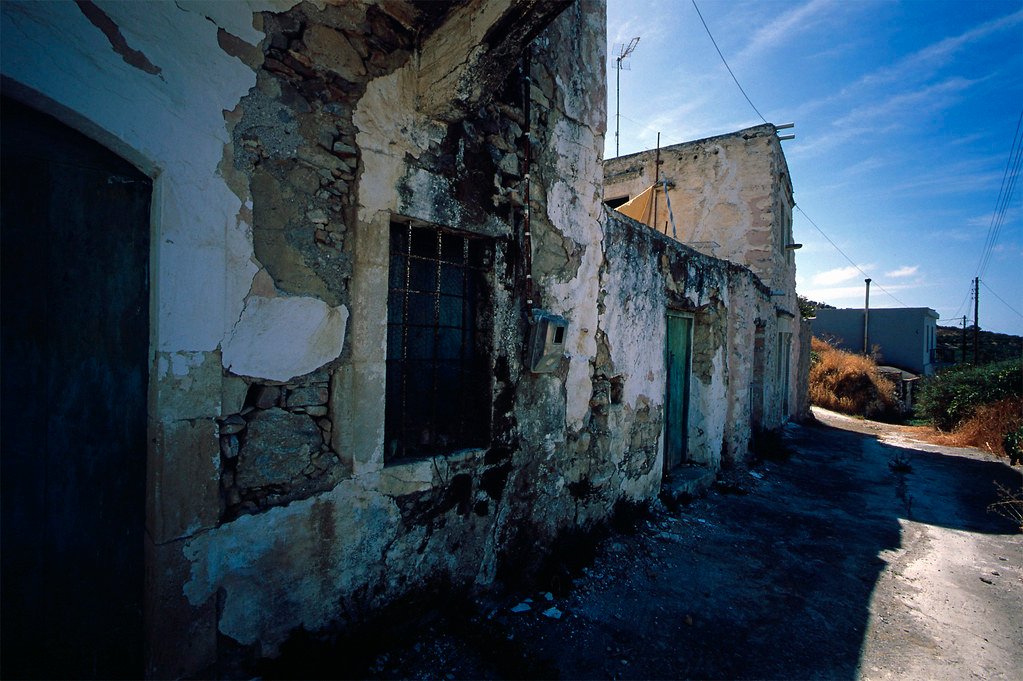
2.5. Quick reload
The M6 features the quick reload system where all you need to do is pop the bottom plate open. It has a simple line drawing at the bottom that explains exactly what to do.
Pull some film out of the canister to that it can reach the other side and slide it in. Make sure the end of the film is trapped within the little triangle system, crank it a bit and you are done!
2.6. Viewfinder magnification
There are a few verions of the M6 and depending on which ones they have different maginfications. When in doubt go for the 0.72x magnification because the other one omits 28mm.
| M6 0.72x | M6 0.85x |
|---|---|
| 28mm + 90mm (paired) | 35mm + 135mm (paired) |
| 35mm + 135mm (paired) | 50mm + 75mm (paired) |
| 50mm + 75mm (paired) | 90mm (single) |
3. Lenses and image quality
There alre Leica M6 image samples all over this article and here are a few more:
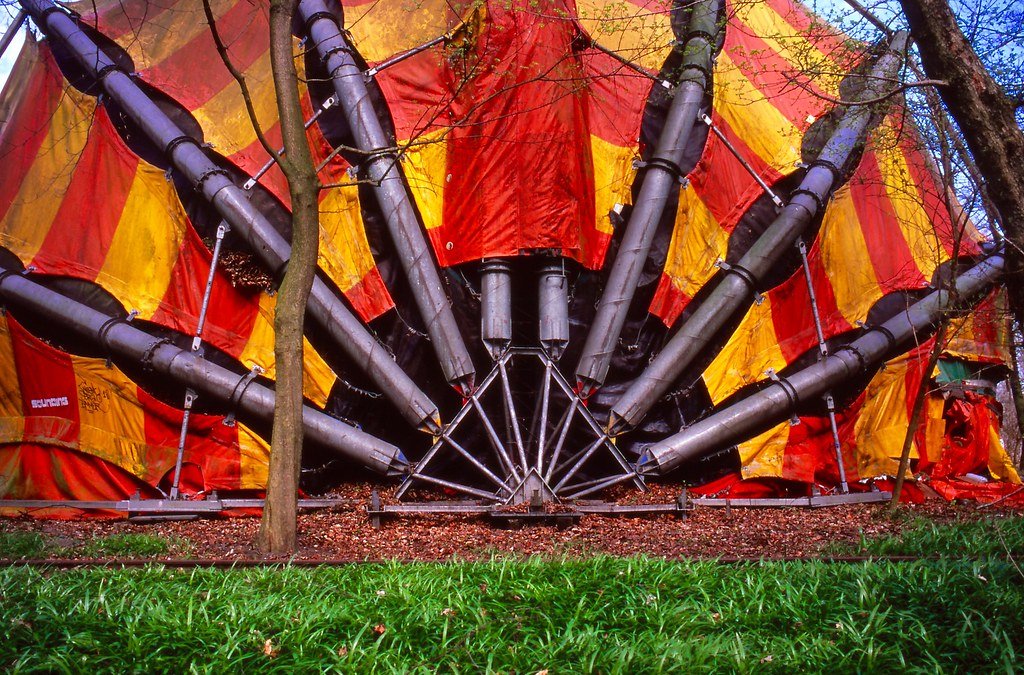
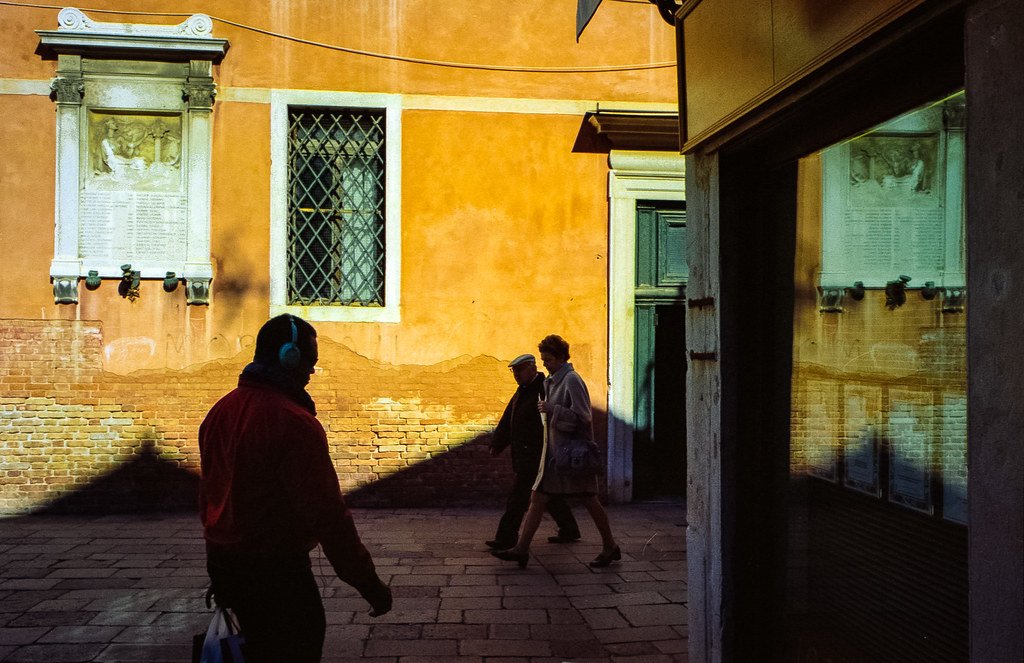


Since we are not talking about digital cameras here but film, there is a beauty attached to shooting the M6 that you simply will not get if you shoot a digital camera and then add filters to it. The M6 produces beautiful imperfections and when you mix in the simplicity it really allows you to zone out when shooting and is the perfect antidote if you are a professional photographer.
3.1. Compatibility
All Leica M lenses are pretty much compatible with the M6, with the exception of these:
- Hologon 15mm f/8
- Super-Angulon-M 21mm f/4
- Super-Angulon-M 21mm f/3.4
- Elmarit-M 28mm f/2.8 (up to serial number 2314921)
While they will mount and work, the issue here is that the light meter will not
4. Accessories
If these is one accessory that is a must have for any M6 it is a grip. You can either get just a grip or at least have a case with grip built-in. No matter how good Leica cameras are they usually drop the ball when it comes to grips
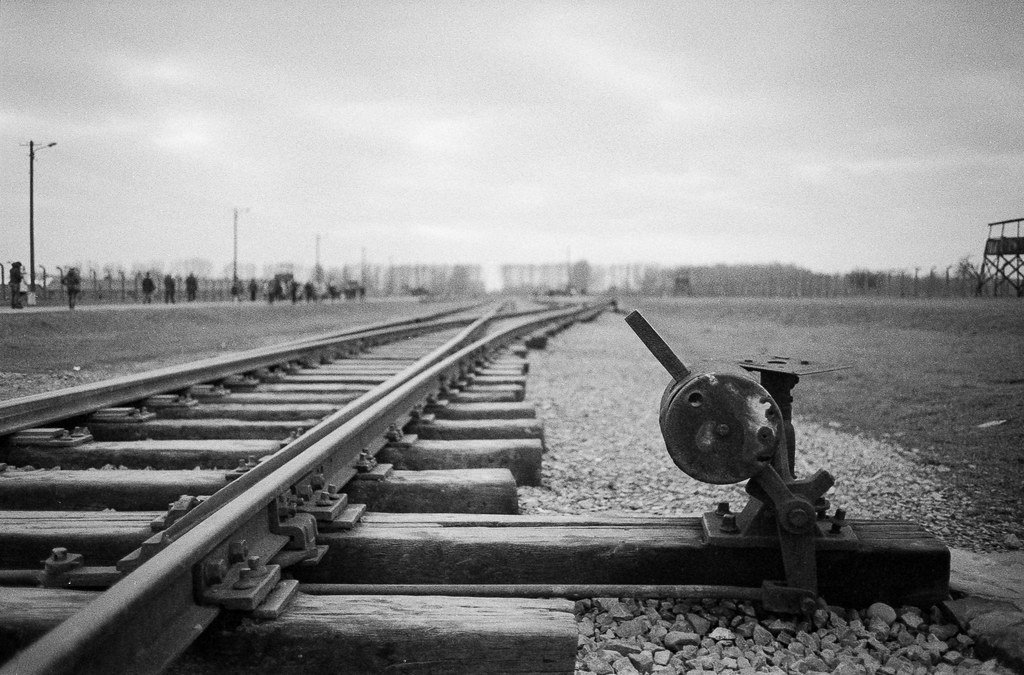
5. Leica M6 posters
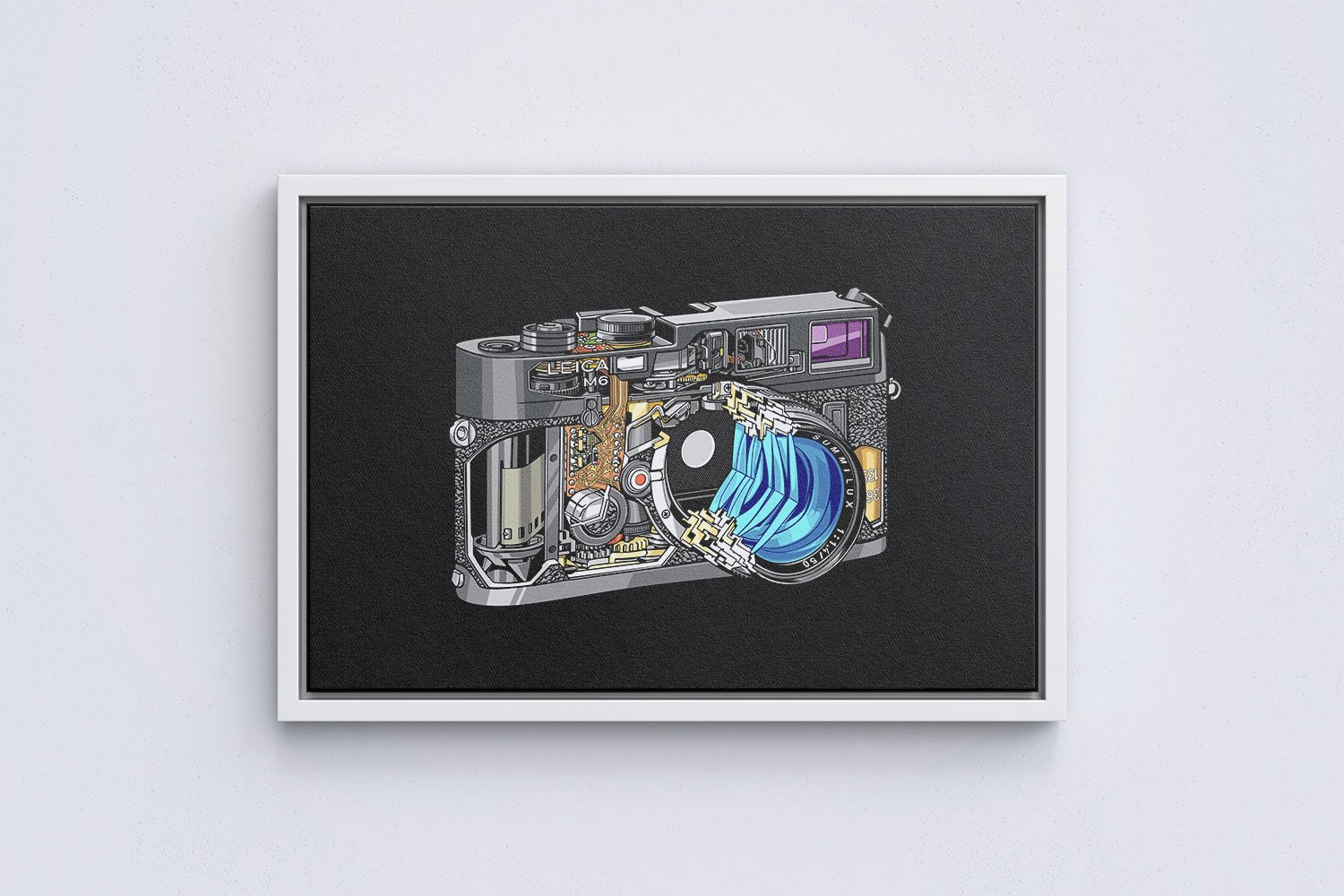
By now in this Leica M6 review, you get that it is an iconic camera. So much so that we’ve made a series of beautiful Leica posters and most of them are yes, of the M6. There was one M6 cutaway illustration made as a promotional device, this has been redrawn and made into a stunning poster.
6. Alternatives
The most direct alternative to the M6 is the Leica M7. Why most Leica fans don’t like this is the necessity to have a battery but it does have a semi automatic mode built in. A cheap alternative would be the Leica CL, the film version. If you want to look outside of the Leica camera park, you can go check out the Voigltander Bessa R2M. If you want you can also go anti M6 and check out the Contax G2 that is completely automatic.
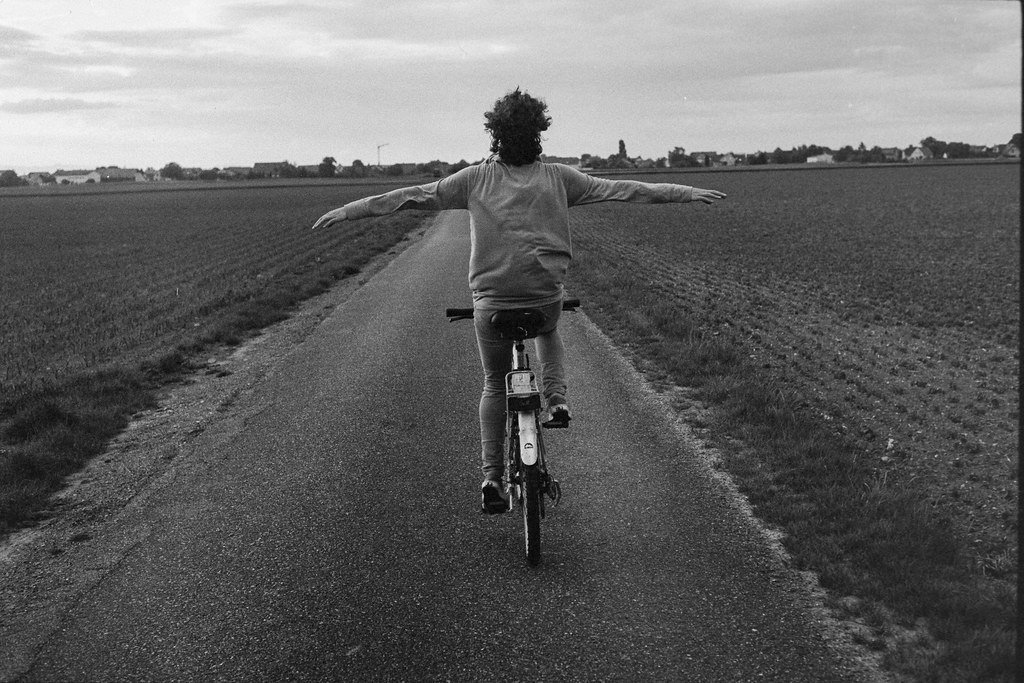
7. Leica M6 or M6 TTL?
This is the final part of our Leica M6 review. Which version should you pick? Even if you won’t use the flash, the M6 TTL is a superior camera over the M6 classic. There’s better support for wide angle lenses with the 0.58 magnification, but more importantly the shutter speed dial is bigger and it’s reverse making shooting the TTL version much more intuitive. It is also more expensive because it is more sought after.

Conclusion
I hope you have enjoyed this Leica M6 review. It is one of the best Leicas ever made, and one of the best cameras ever made period. No other camera has such a cult following after more than 30 years and yet the Leica M6 is still shot and loved today.
It is a highly durable camera and great to use even if the small reverse SS dial takes some getting used to. Click here to check for the best price.